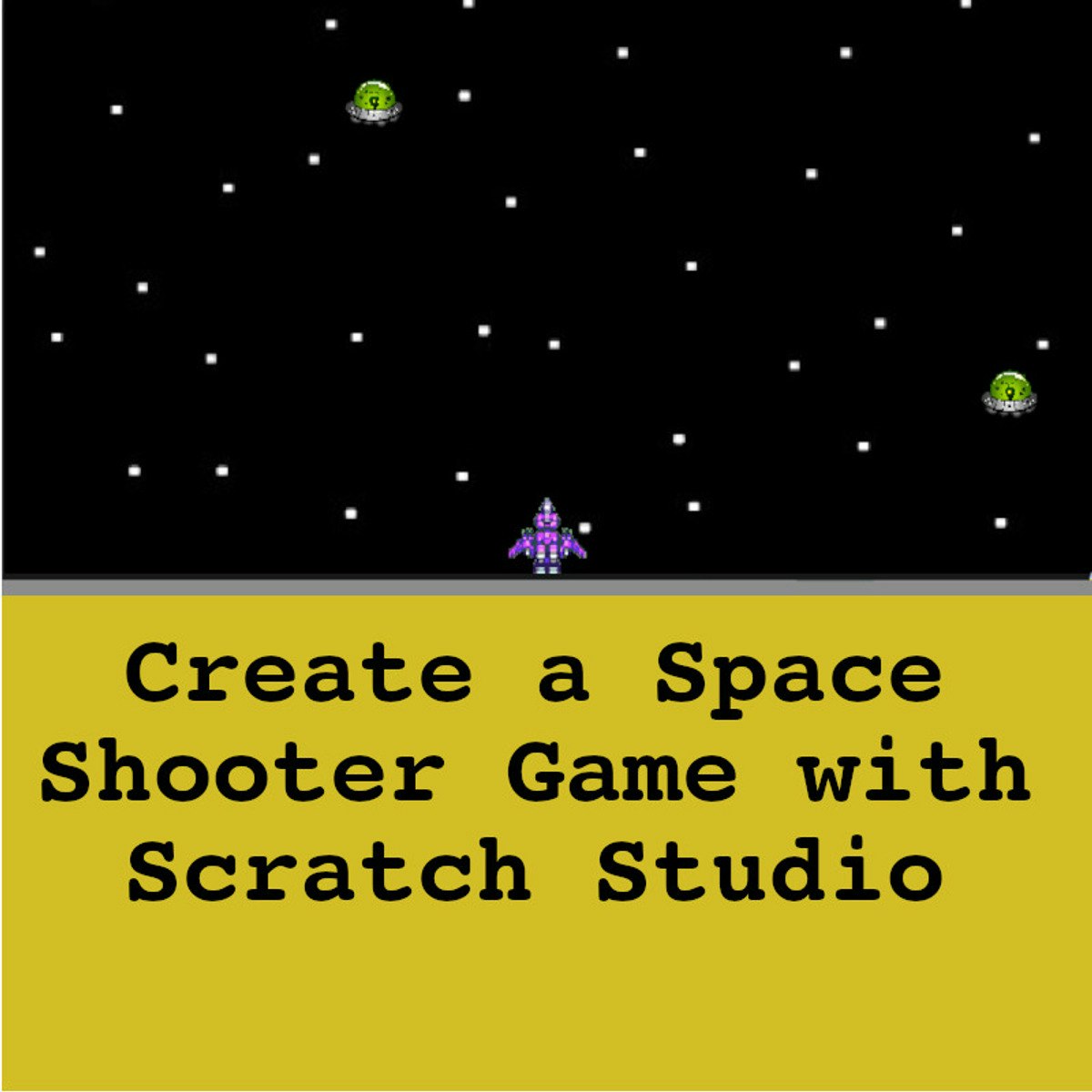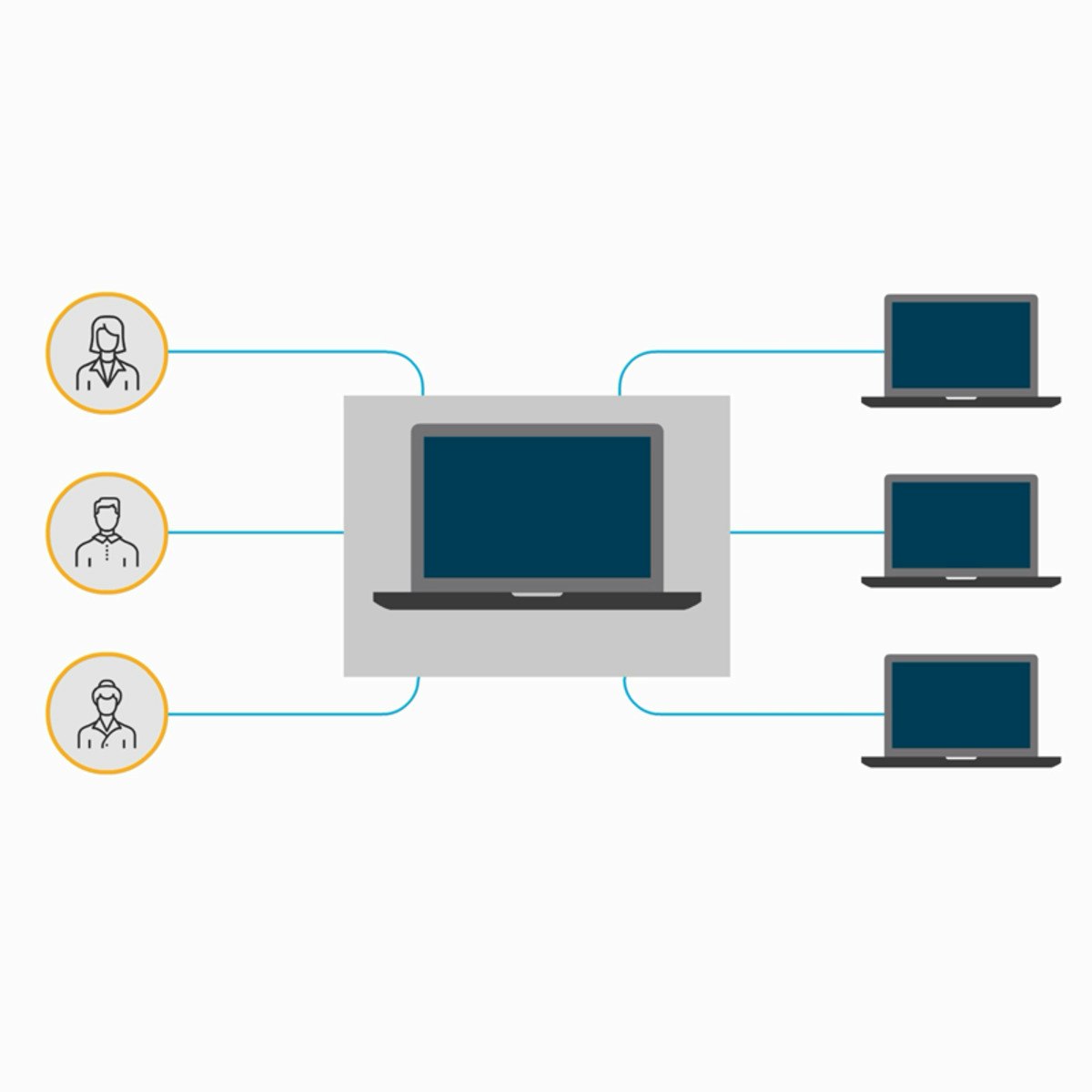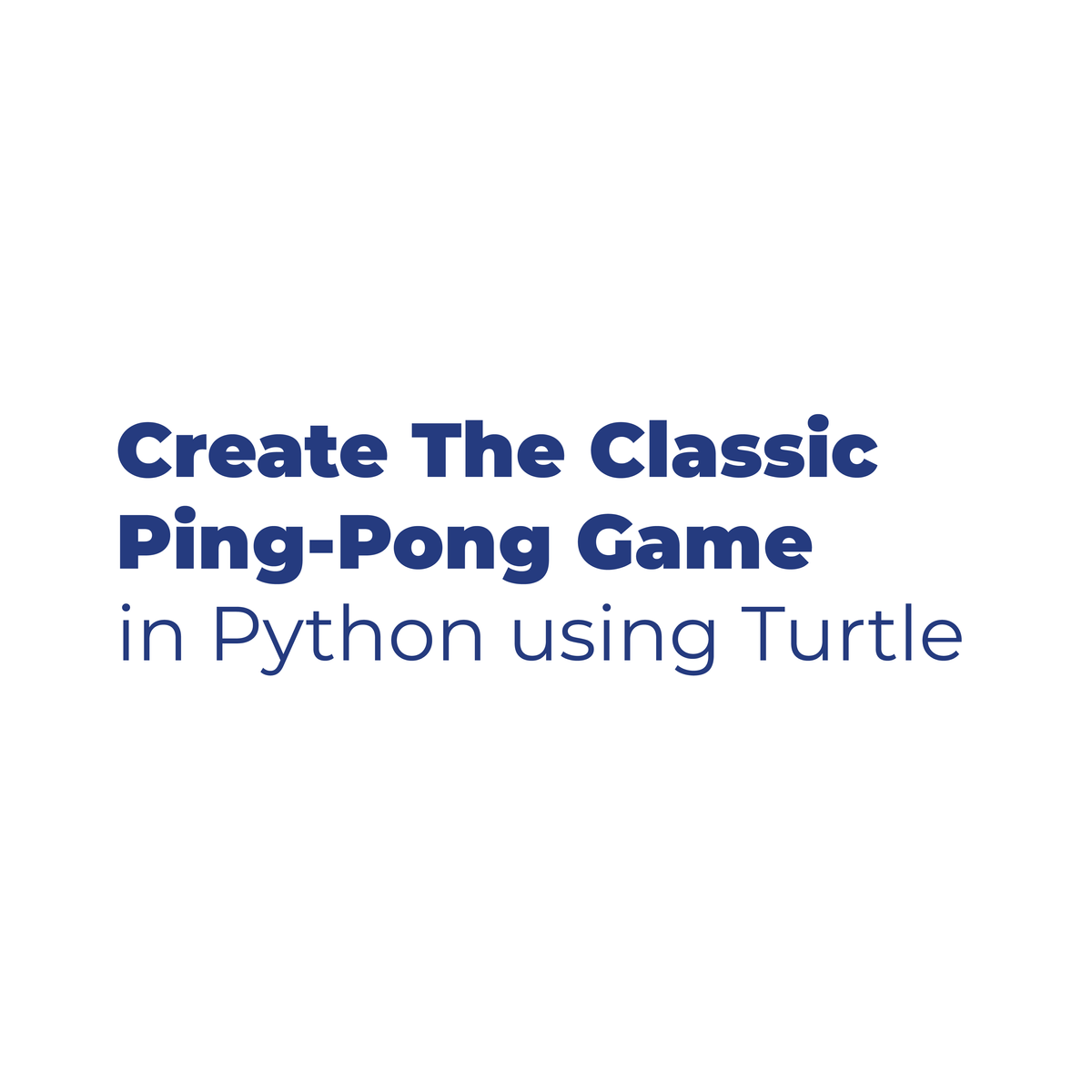Back to Courses









Software Development Courses - Page 11
Showing results 101-110 of 1266

Front-End Web Development with React
This course explores Javascript based front-end application development, and in particular the React library (Currently Ver. 16.3). This course will use JavaScript ES6 for developing React application. You will also get an introduction to the use of Reactstrap for Bootstrap 4-based responsive UI design. You will be introduced to various aspects of React components. You will learn about React router and its use in developing single-page applications. You will also learn about designing controlled forms. You will be introduced to the Flux architecture and Redux. You will explore various aspects of Redux and use it to develop React-Redux powered applications. You will then learn to use Fetch for client-server communication and the use of REST API on the server side. A quick tour through React animation support and testing rounds off the course. You must have preferably completed the previous course in the specialization on Bootstrap 4, or have a working knowledge of Bootstrap 4 to be able to navigate this course. Also a good working knowledge of JavaScript, especially ES 5 is strongly recommended.
At the end of this course you will:
- Be familiar with client-side Javascript application development and the React library
- Be able to implement single page applications in React
- Be able to use various React features including components and forms
- Be able to implement a functional front-end web application using React
- Be able to use Reactstrap for designing responsive React applications
- Be able to use Redux to design the architecture for a React-Redux application

Learn Angular Routing by building a Cocktails Application
In this 2-hours long project-based course, you will build an Angular application that uses a real API to fetch and display cocktail recipes. You will master the basics of Angular routing, authorization and lazy loading NgModules.
You need some basic understanding of Angular before going into this course. We recommend checking out the Angular 101 Guided project - https://www.coursera.org/learn/angular-101/.

Build a Google Firebase Web Application
In this 2-hour long project-based course, you will gain hands-on experience with one of the hottest web and mobile development backend services, Google Firebase. If you have some experience with HTML, CSS, and JavaScript and want to start developing multi-platform applications, this course is for you!
By the end of this course, you will understand the fundamental of Google Firebase and be able to create and build a Firebase Web application with ease.

Serverless Orchestration with Workflows
This is a self-paced lab that takes place in the Google Cloud console.
In this lab you will connect Cloud Functions and Cloud Run services with Workflows and connect two public Cloud Functions services, one private Cloud Run service, and an external public HTTP API into a workflow.

SQL Joins
In this 1-hour long project-based course, you will learn how to utilize MySQL joins in your queries. By the end of this project, you will create a number of examples that will develop your learning around joins in SQL. This course will enable you to take your beginner knowledge of SQL to the next level by enabling you to utilize joins. Thus, being able to develop more complex queries. This course will provide students with the knowledge behind different joins that are available in MySQL language such as inner join, outer join, and left join. This project will take students through a number of examples demonstrating SQL functions based on a database around a bookstore. You will gain an understanding of these concepts from the in-depth examples provided.

Create a Space Shooter Game with Scratch Studio
In this 2-hour long project-based course, you will create a space shooter game using Scratch Studio. You will learn the user interface items of the Scratch Studio; how to create, move, clone, and collide game objects; how to configure their sound and visual effects; and how to communicate messages between game elements.
Note: This course works best for learners who are based in the North America region. We’re currently working on providing the same experience in other regions.

RPA Lifecycle: Deployment and Maintenance
Robotic Process Automation (or RPA) implementation is conducted over multiple critical phases. In the Discovery phase, you identify the business processes beneficial for automation. In the Design phase, you create an RPA plan for automating them. In the Development and Testing phase, you execute the RPA plan and develop bots, testing them thoroughly during development.
Next, you need to deploy the bots and set them up for routine monitoring. These activities are performed next in the implementation lifecycle: in the Deployment and Maintenance phases.
You can deploy bots in various devices and also monitor their performance live via the Web Control Room. This is a web-based application, with comprehensive workload management, granular security controls, and an intuitive analytics dashboard. It is the one central interface from where you can create and manage users and roles, monitor connected and disconnected devices and schedule bot execution.
As you begin this course, you will be introduced to the user interface of the Web Control Room. You will explore various panels and components in its Features Panel. You will also study some of the best practices and troubleshooting procedures that you can apply while using the Web Control Room during RPA Deployment and Maintenance. The learning will be reinforced through concept description, hands-on tasks, and guided practice.

Complex Retrieval Queries in MySQL Workbench
In this intermediate-level course you will use MySQL Workbench to expand your basic SQL query-writing skills with more complex examples and activities. In hands-on activities in MySQL Workbench, you will write and execute SQL queries that retrieve data from multiple tables. In addition, you will generate queries that summarize data and perform calculations. Nested queries and SQL scripting rounds out the course content. While the course concentrates on query writing, you also get a taste of the problem-solving and data analysis efforts required for complex query construction and query results verification.
Note: This course works best for learners who are based in the North America region. We’re currently working on providing the same experience in other regions.

Create Ping-Pong Game in Python using Turtle Graphics
By the end of this project, you will be able to create The Classic Ping Pong game using Python and Turtle graphics. You’ll also be able to identify and use most of Turtle’s modules and functions that helps you develop and build your own game. Moreover, you’ll be able to edit and manipulate the objects created by Turtle however you like.
Turtle graphics is a pre-installed Python library that’s a trendy way of introducing programming to beginners. It helps visualize what programming can do. It’s a straightforward yet versatile way to understand the concepts of Python.
This guided project is for beginner-intermediate programmers who already have a general knowledge of Python basics and want to test out their knowledge with a real application and looking forward to developing their very first game in less than 1 hour. This project can be your portal into game development.
Note: This project works best for learners who are based in the North America region. We’re currently working on providing the same experience in other regions.

Merging Results from Different Explores in Looker
This is a Google Cloud Self-Paced Lab. In this lab, you will merge results from different explores in Looker.
Popular Internships and Jobs by Categories
Find Jobs & Internships
Browse
© 2024 BoostGrad | All rights reserved